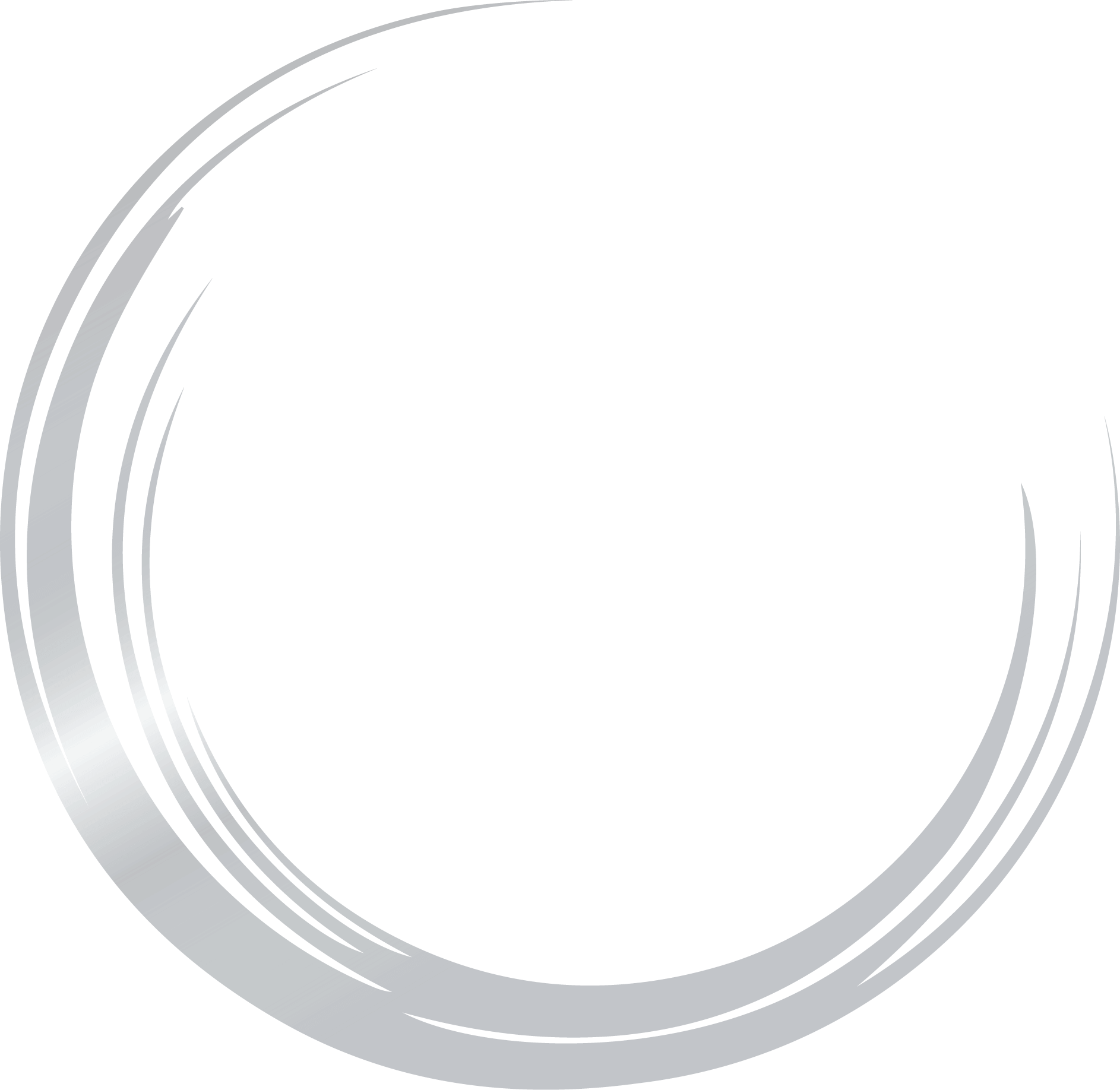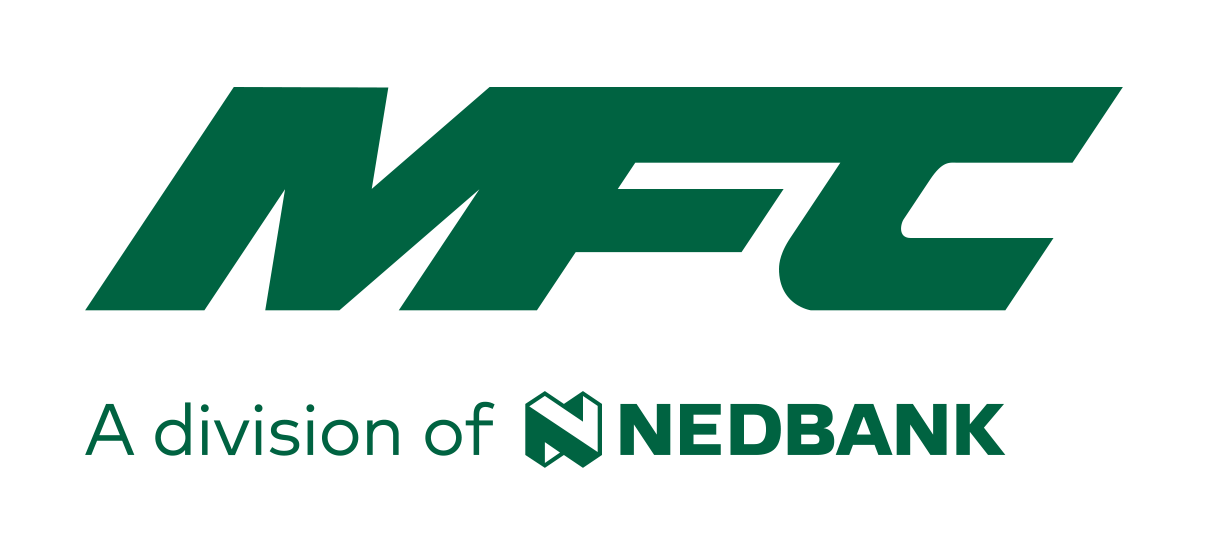Please review the excursions outlined below and select one for your Munich experience. In Berlin, the optional excursions are designed for partners who will not be participating in the learning experience. Choose the excursion that appeals to you the most for your time in Munich, and for your partners in Berlin, select an optional excursion that aligns with their interests.
Munich: Option 1
VISIT OF BMW WORLD
Designed by architects Coop Himmelb(l)au for BMW Group, the facility was constructed from August 2003 through Summer 2007. Originally conceived to be open and ready for World Cup 2006, it eventually opened on October 17, 2007. Here BMW focuses on strengthening the dialogue with customers and visitors by showing the complete range of BMW vehicles, and providing vehicle distribution, particularly the creation of a special experience with regards customer collection of an ordered vehicle. BMW Welt also offers shops with BMW auxiliary products, as well as a fully serviced gastronomic restaurant.
Duration: 15:00h – 18:00h
Character: Design, modern, technical, edgy, informative
Experience: Your guide and coach will bring the group to the north of the city. Here most prominently you can find the headquarters of famous German car manufacturer BMW. The group will do a 90min guided tour of the amazing museum. The BMW Museum is specializing on the history of one of the most famous car brands of the world.
Thereafter we will leave some time to explore the brand center and other facilities of BMW World.
Munich: Option 2
THE MUNICH OKTOBERFEST EXPERIENCE
Oktobafest is the world's largest Volksfest, featuring a beer festival and a travelling carnival, and is held annually in Munich, Bavaria, from mid- or late-September to the first Sunday in October, with more than six million international and national visitors attending the event. Locally, it is called d'Wiesn, after the colloquial name for the fairgrounds, Theresienwiese. Oktoberfest is an important part of Bavarian culture, having been held since the year 1810. Other cities across the world also hold Oktoberfest celebrations that are modeled after the original Munich event.
During the event, large quantities of Oktoberfest Beer are consumed. Visitors also enjoy numerous attractions, such as amusement rides, side stalls, and games. There is also a wide variety of traditional foods available.
Oktoberfest originally took place in the 16-day period leading up to the first Sunday in October. In 1994, this longstanding schedule was modified in response to German reunification. As a result, if the first Sunday in October falls on the 1st or the 2nd, then the festival runs until 3 October (German Unity Day). Thus, the festival now runs for 17 days when the first Sunday is 2 October and 18 days when it is 1 October. In 2010, the festival lasted until the first Monday in October (4 October), to mark the event's bicentennial.
Duration: 17:00h – 23:30h
Atmosphere: Rustic, typical. Authentic, Bavarian. Party
Kitchen style: Classic Bavarian dishes. Food is not hyper important on the party, where everything is turning around the beer. The quality is good due to the high turnover, but it’s mass kitchen with very simple presentation.
Munich: Option 3
VISIT OF DACHAU CONCENTRATION CAMP
Between 1933 and 1945, Nazi Germany and its allies established more than 44,000 camps and other incarceration sites (including ghettos). The perpetrators used these locations for a range of purposes. These purposes included forced labor, detention of people deemed to be "enemies of the state," and mass murder. Millions of people suffered and died or were killed. Among these sites was Dachau, the longest operating camp.
The Dachau concentration camp was established in March 1933. It was the first regular concentration camp established by the National Socialist (Nazi) government. Heinrich Himmler, as police president of Munich, officially described the camp as "the first concentration camp for political prisoners."
It was located on the grounds of an abandoned munitions factory near the northeastern part of the town of Dachau, about 10 miles northwest of Munich in southern Germany. On March 22, 1933, the first prisoner transports arrived at the camp.
In the twelve years of its existence over 200.000 persons from all over Europe were imprisoned here and in the numerous subsidiary camps. 41.500 were murdered. On April 29 1945, American troops liberated the survivors.
We will take the group to the Memorial Site on the grounds of the former concentration camp, which was established in 1965 on the initiative of and in accordance with the plans of the surviving prisoners. Your guide will give a general introduction and we will then hand out audio guides and all guests can explore the huge grounds at own discretion. There is a very good exhibition located in some of the former barracks and in the back of the area, also gas chambers and a crematorium can be seen.
Duration: 15:00h – 18:00h
Character: Historic, informative, mind blowing
Physical dem: No. Easy strolls on the huge grounds
Berlin: Option 1
VISIT OF KPM PORCELLAIN MANUFACTURE
Get to know KPM! The Royal Porcelain Factory in Berlin (German: Königliche Porzellan-Manufaktur, abbreviated as KPM), also known as the Royal Porcelain Manufactory Berlin and whose products are generally called Berlin porcelain, was founded in 1763 by King Frederick II of Prussia (known as Frederick the Great). Its actual origins, however, lie in three private enterprises which, under crown patronage, were trying to establish the production of "white gold" (i.e. porcelain) in Berlin from the mid-18th century onwards.
The company logo is a cobalt blue sceptre, which is stamped (painted prior to 1837) on every piece. All painted pieces produced by KPM are signed by the painter. KPM is still producing to this day; each piece of dishware and decorative porcelain is entirely unique.
The Museum of the Royal Porcelain Manufactory shows everything about the production of porcelain - from its creation to the perfect form and decoration.
Duration: 90 Miniutes
Phys. demanding: Not very much
Character: Classical, craftmanship, exclusive
Experience:“White gold” has been handcrafted in the Royal Porcelain Manufactory for over 250 years. The pieces reflect the different eras and art movements of traditional crafts. For example, linear Bauhaus works stand next to lavishly decorated Art Nouveau objects. A visit to the historic KPM site provides an exciting insight into the craftsmanship and painting of the precious pieces.
The group will experience an INSIGHT INTO THE MANUFACTORY. Visit the hallowed halls, the heart of the manufactory, and get an exclusive look behind the scenes at KPM Berlin. You will have experts by your side and within 90mins you will get exciting insights into the master craftsmanship that the manufacturers of the more than 260-year-old luxury company KPM Berlin achieve in the heart of the capital.
Watch the individual production steps and experience first-hand how the elaborate models of the iconic porcelains are created, how the craftsmen precisely garnish individual pieces, how they turn vases and how each individual piece is glazed by hand before the 'white gold' finally emerges in full splendor.
Berlin: Option 2
BERLIN CONTEMPORARY STREET ART TOUR
During this tour, the group takes the back streets and discovers some of the latest, greatest and oldest examples of street art , graffiti & mural art in this famous capital of urban art.
Artists will tell you the secrets, history, techniques, rules and personal stories of graffiti and street art on this colorful tour of a city whose walls are like canvas.
Berlin’s air is thick with paint. Its soundtrack is the clack-clack of a spray can in the night. Tags tell as much of a story as five-storey murals, a name on a train can be as expressive as a centuries-old painting by a Dutch master.
Who owns the city? Who designs our public space, can express and realize themselves in it? What messages do we perceive and what do the artists and actors have to say to us, who empower themselves and often communicate without being asked?
The tour starts in Friedrichshain and ends in Kreuzberg with the realization that urban art is more than just writing on the wall.
Duration: 04h30 hours
Phys. demanding: Not very much, 3h neighbourhood stroll
Character: Alternative, lifestyle, surprising, authentic
Berlin: Option 3
THE DDR (GDR) MUSEUM
The DDR (GDR) Museum is unique, extraordinary and one of the most visited museums in Berlin. The museum shows the everyday life of a bygone state at first hand. History is conveyed in a lively, interactive and yet scientifically sound way. The exhibition encourages its visitors to touch, feel and interact, so as to gain a fun and rich understanding of the past. Everyday life – Wall – Stasi: The GDR at a glance.
At the DDR Museum you can learn everything about life in the German Democratic Republic.
The highlights of the exhibition include a simulated drive in an original Trabant P601 car, a fully furnished reconstruction of a high-rise tower block flat with hundreds of original objects to discover, countless interactive games suitable for young and old alike, the monumental fresco »In Praise of Communism« and the opportunity to interact with a range of artefacts. Visitors of all ages will gain a deeper understanding of the history in an educative and entertaining way.
The group, we have a 90min guided tour of the museum. Your guide will give you a brief insight into the most important topics related to everyday life in the GDR, from work to economyan eye witness.
the 90min tour offers in addition to an overview, the opportunity to delve deeper into individual topics such as public life, party and state or life in a tower block.
Duration: 90 minutes
Phys. demanding: no
Character: historic, political context




